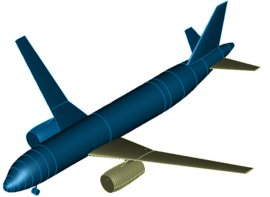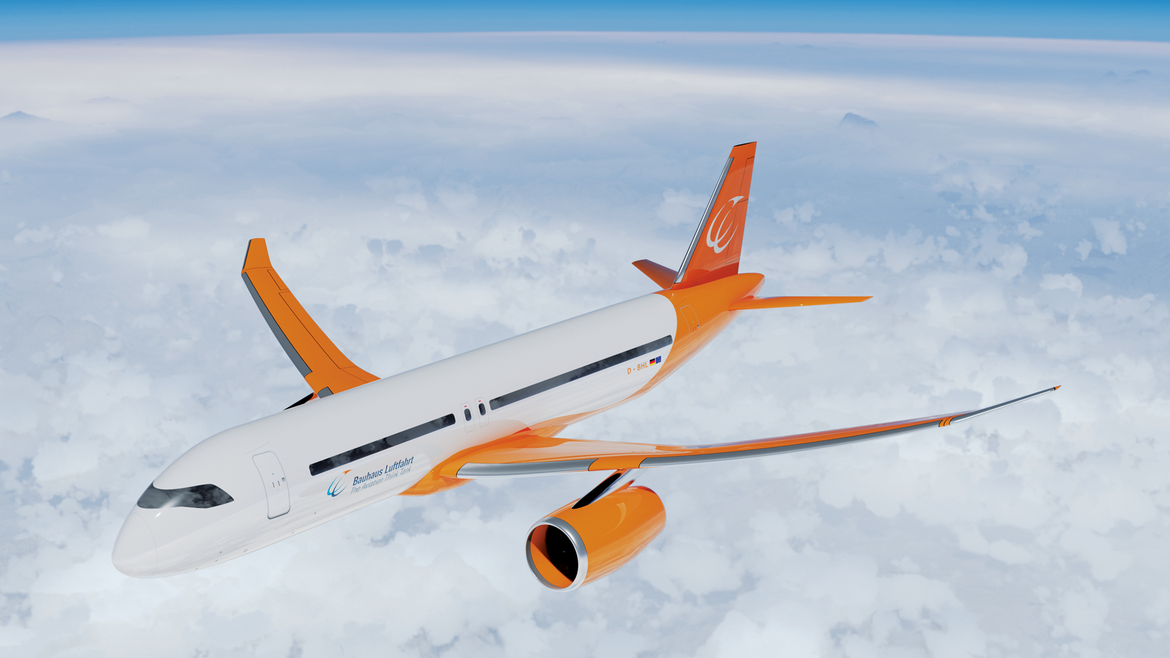The assessment of the innovative Water-Enhanced Turbofan (WET) aircraft propulsion technology was refined in 2023. Particular attention was paid to the detailed mapping of WET integration effects at aircraft level, such as propulsion system positioning, pylon mass and drag estimation as well as weight prediction for water storage and injection.
Due to limited water recovery from the WET core flow at high ambient temperatures, water from a tank is needed for sufficient water supply to the engine in take-off and climb conditions at high ambient temperatures. The right mission strategy can reduce the required external water significantly. Therefore, WET-specific design conditions were analysed in order to identify which critical mission defines the necessary water tank volume for the overall aircraft design.

A stronger part - load operation of the WET at low flight altitudes (derating) and adjustments to the mission profile – both measures are aiming at lower aircraft thrust demand in these mission segments – were identified as possible control variables.
The results clearly show that the mission profile and integration effects such as weight, drag, water tank and water as a second consumable need to be considered when assessing the concept. The reduction in climate-relevant emissions shows that the WET concept is a promising option for future sustainable aircraft propulsion systems: the nitrogen oxide emissions reduce significantly due to water injection into the combustor, and the drier and cleaner exhaust cuts formation of contrails.


